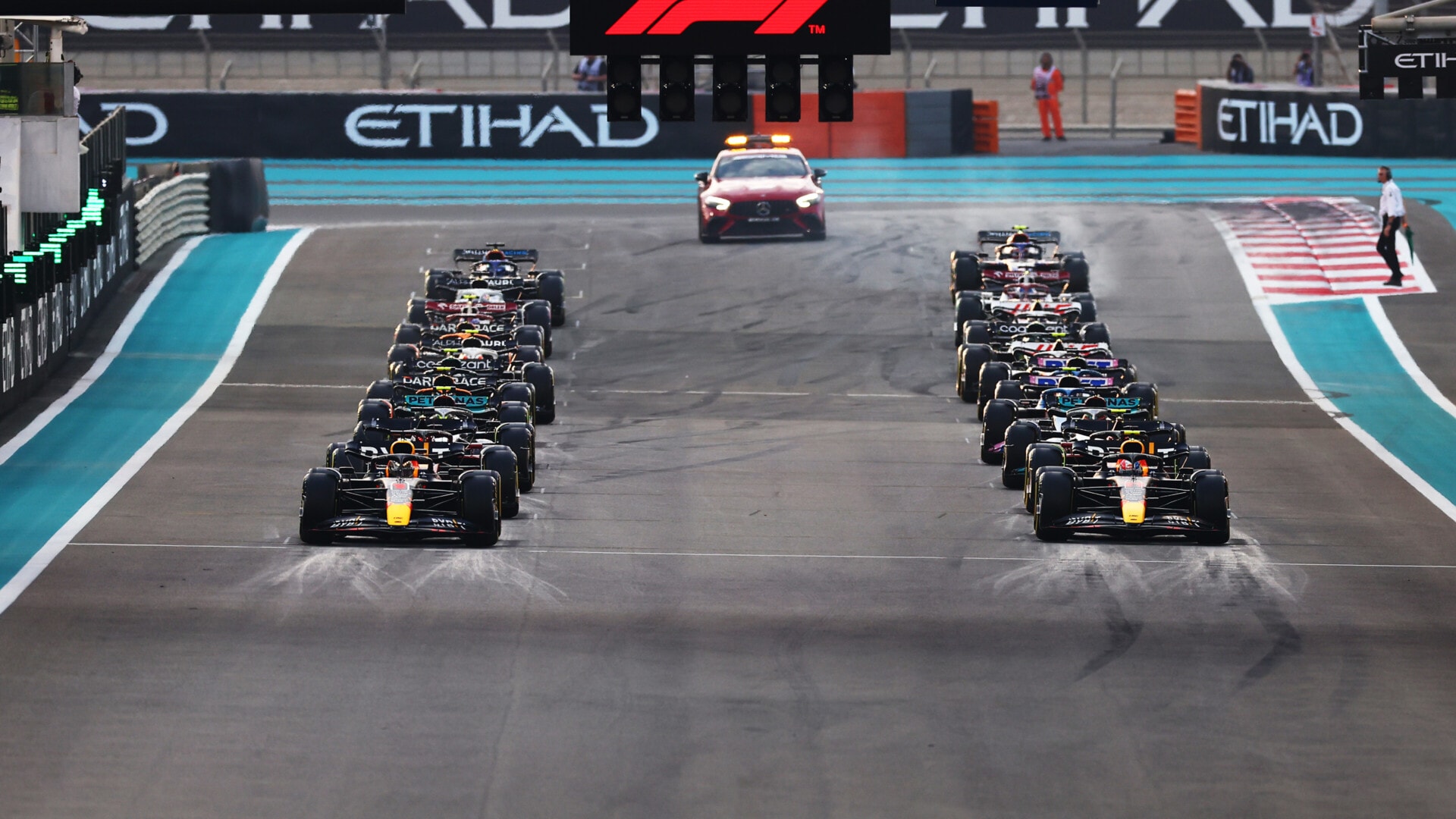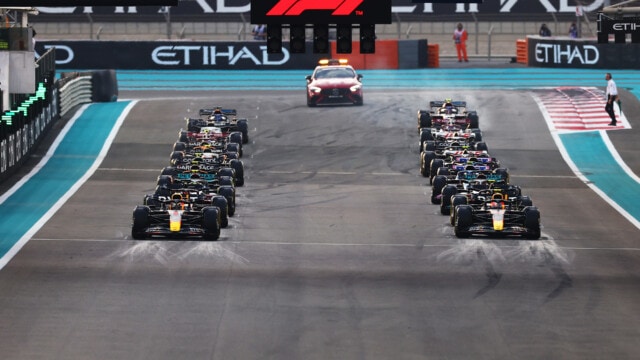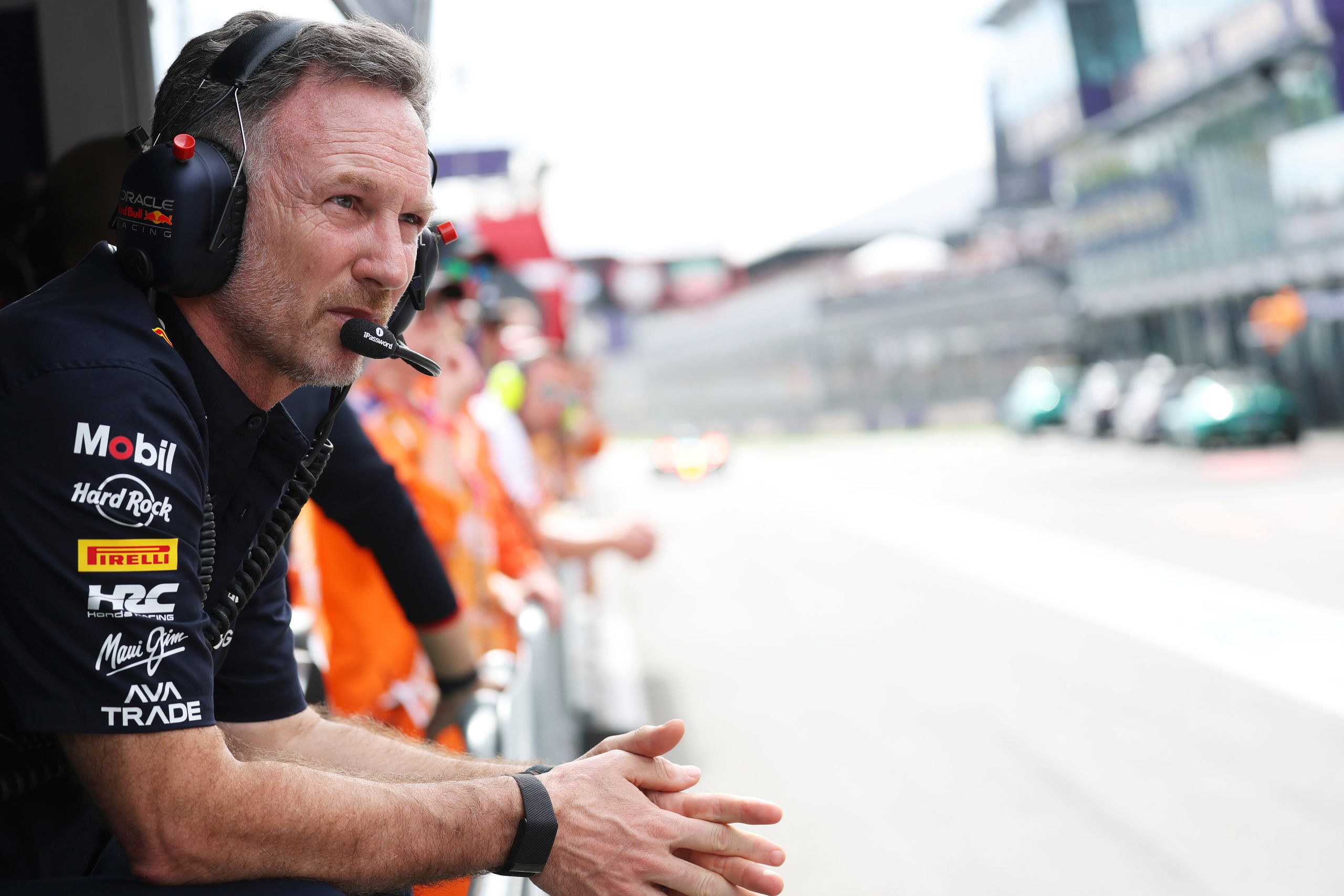Formula 1 Qualifying: An Introduction to the Fast-Paced World of F1 Racing


Welcome to the world of Formula 1 racing, where speed and precision are paramount. Formula 1 racing is a sport that captivates audiences around the globe with its high-speed races and advanced technology. At the heart of every race is the qualifying session, which determines the starting positions for the race. In this article, we will provide a comprehensive overview of Formula 1 qualifying, including its rules, format, and importance in the racing world.
What is Formula 1 Qualifying?
Formula 1 qualifying is the process by which drivers determine their starting positions for the race. The qualifying session is typically held on the day before the race, with the exception of some races that have adopted a new sprint qualifying format. During the qualifying session, drivers compete against each other to post the fastest lap time. The driver with the fastest time is awarded pole position, which is considered the most desirable starting position for the race.
Formula 1 Qualifying Rules
The rules for Formula 1 qualifying are designed to ensure fairness and safety. One of the most important rules is the 107% rule, which requires drivers to post a lap time within 107% of the fastest Q1 time to qualify for the race. This rule ensures that drivers who are significantly slower than their competitors do not pose a safety risk on the track.
Another important rule is the use of tires during qualifying. Each driver is allocated a limited number of sets of tires for the qualifying session, and they must use at least two different types of tires during the session. This rule is designed to add an extra layer of strategy to the qualifying process.
Does F1 still have the 107% rule?
The 107% rule was first introduced for the 1996 F1 season and remained in place until 2002, before being temporarily removed. However, the rule was reintroduced in 2011 and has been enforced ever since.
This rule is a safety measure implemented in Formula 1 racing to ensure that all cars on the track are fast enough to compete safely with the rest of the field. This rule requires every car to lap within 107% of the fastest lap time set in the first qualifying session of the race weekend. If a car fails to meet this requirement, it will not be allowed to race in the Grand Prix.
The primary purpose of the 107% rule is to ensure that slower cars do not pose a risk to the faster cars on the track. This measure is particularly important in Formula 1, where the difference in speed between the cars can be significant. The rule also ensures that all cars on the grid are competitive enough to participate in the race, which promotes fair and exciting competition.
Formula 1 Qualifying Format
The format of Formula 1 qualifying has evolved over the years. Currently, the qualifying session is divided into three parts, known as Q1, Q2, and Q3. In Q1, all drivers compete against each other to post the fastest lap time. The drivers with the 15 fastest times advance to Q2, while the remaining drivers are eliminated.
In Q2, the remaining 15 drivers compete again to post the fastest lap time. The top 10 drivers with the fastest times advance to Q3, while the remaining drivers are eliminated. Finally, in Q3, the top 10 drivers compete against each other to determine their starting positions for the race.
Importance of Formula 1 Qualifying
Qualifying is an essential aspect of Formula 1 racing, as it determines the starting positions for the race. Starting from pole position provides a significant advantage, as it allows the driver to control the pace of the race and avoid the chaos that can occur at the back of the grid. In addition, starting from a good position can significantly increase a driver’s chances of finishing on the podium and earning valuable championship points.
Conclusion
In conclusion, Formula 1 qualifying is a critical aspect of the sport that determines the starting positions for the race. The rules and format of qualifying are designed to ensure fairness and safety while adding an extra layer of strategy to the racing experience. The importance of qualifying cannot be overstated, as starting from a good position can significantly increase a driver’s chances of success on race day. So, the next time you watch a Formula 1 race, be sure to pay close attention to the qualifying session, as it sets the stage for an unforgettable racing experience.





